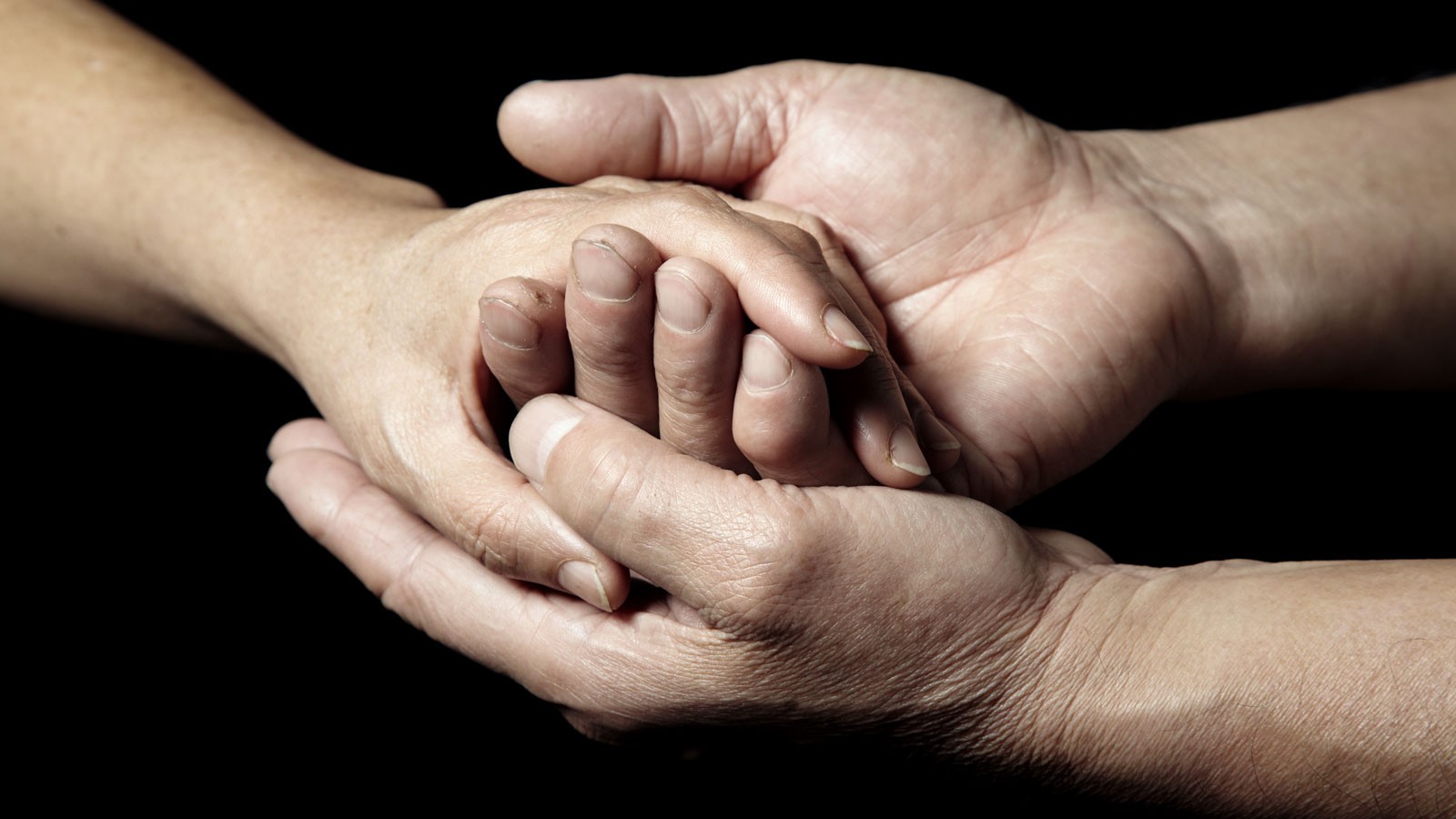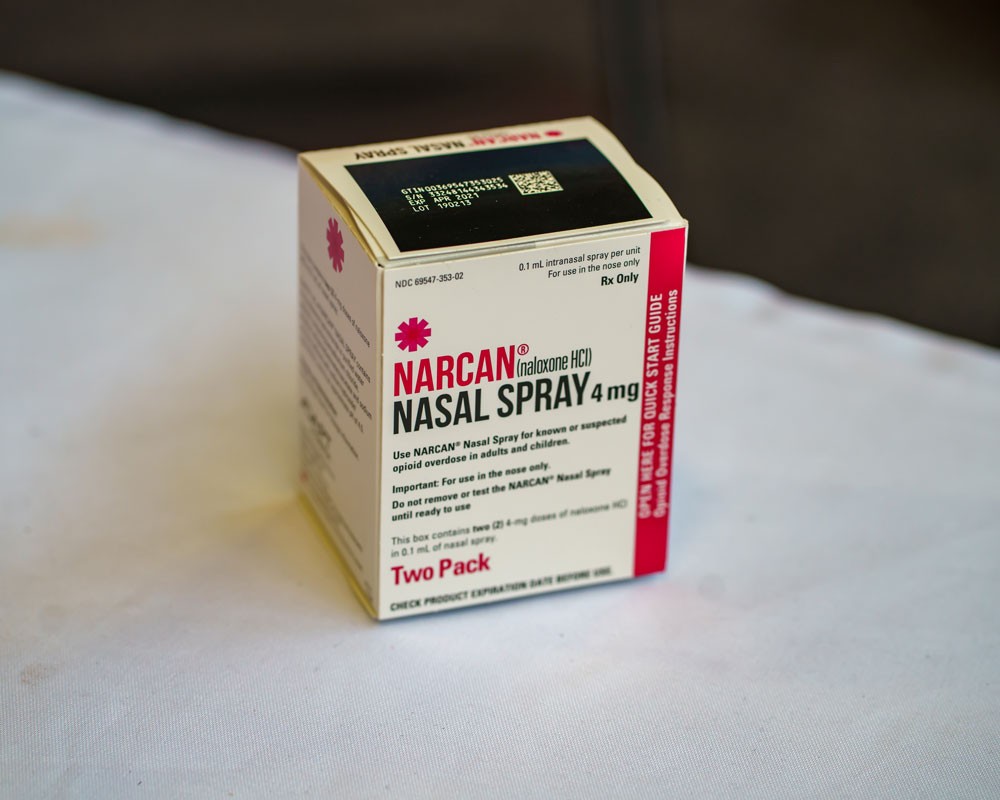USU Extension Suicide Prevention Training Helping Heal Families and Communities
By Julene Reese |
According to the Utah Department of Health, suicide is the eighth leading cause of death for Utahns, with an average of 657 suicides per year. The Utah suicide rate is consistently higher than the national rate, and more deaths result from suicide than from motor vehicle crashes, breast cancer, or other chronic physical health problems. And according to the Utah Public Health Indicator-Based Information System, suicide is the leading cause of death for Utah youth.
For Tim Keady, Utah State University Extension professional practice assistant professor of health and wellness in Cache County, suicide prevention is a professional and a personal quest.
“I have experienced both the profound feeling of the loss of life and the euphoria of saving a life,” he said.
Having been a first responder and EMT for over 30 years, Keady has responded to many scenes where patients have suffered traumatic injuries from accidents and situations resulting from a mental health crisis. In many cases, the patients felt they had no hope and the pain they were experiencing was without a solution.
“It was after these experiences that I wanted to increase my ability to aid in prevention efforts,” Keady said. “As an EMT, I was trained to evaluate a patient’s condition and manage respiratory, cardiac, behavioral health, and traumatic emergencies. But the care provided after these traumatic events can be just as important and is an area that is still evolving.”
Post-care involves the patient education and training that Keady focuses on as a part of his role with USU Extension’s Health Extension: Advocacy, Research & Teaching (HEART) Initiative. HEART’s mission is to educate and reduce deaths caused by substance use disorder (SUD) overdose and suicide. The initiative has spearheaded community prevention efforts since 2018, including prescription take-back days, recovery day events and harm reduction training. Efforts target populations at greatest risk, which include veterans, chronic pain patients, youth, those with mental illness, those who are depressed, those who feel hopeless, and homeless people, among others.
Keady said his group teaches community members basic skills to advocate for those with SUDs and those at risk for suicide. The team provides harm reduction training and skill-building opportunities for individuals and groups as well as organizational support for community coalitions and nonprofit organizations. They also offer education and training for Naloxone (also known as Narcan), a medication that can reverse overdoses from opioids.
“Naloxone can literally be a lifesaver if people know how to administer it,” he said. “We have also provided education on how to do hands-only CPR and taught people about available community resources they can reach out to in the event of an emergency.”
Keady said because of this community training, his team has seen lives saved — including those who were suicidal, had an SUD, or both. He said in the case of Naloxone administration, there is a lasting impact on both the person who overdosed and the person who administered the medication.
“This can be a life-changing experience that proves to both of them that they have value,” Keady said. “Self-esteem is difficult to improve in despondent people who are without some form of hope. Providing this medication and knowing simple first responder skills can change lives, including the life of the one who administers it.”
Keady said the HEART team’s goal is to train community members to feel comfortable taking some form of action in case of an emergency, whether it’s Naloxone training for an SUD or talking to someone who could be suicidal.
He said the Liveonutah.org website states: “You have the power to save a life. If you think someone might be considering suicide, ask them! Asking does not make them more likely to attempt suicide and may save their life.”
Keady said this advice coincides well with the HEART team’s training. Friends, family and community members should not be afraid to ask questions and check in with people they are concerned about.
“We have to keep people alive in order to get them the treatment and help they need,” he said.
Susan Madsen, founding director of USU’s Utah Women & Leadership Project, is an author of a recent research report on Utah women and suicide. She said for every death caused by suicide, there are 25 suicide attempts and even more people who are seriously considering suicide.
The report includes multiple recommendations to help decrease suicidal behavior among Utah girls and women that can be applied to everyone. Some include:
- Avoid normalizing or glamorizing suicide and emphasize that many individuals who have contemplated or attempted suicide have gone on to live healthy, normal lives.
- Create preventative messages that promote hope and healing through empathy, warmth and inclusivity while avoiding negative language and judgments.
- Teach coping skills, problem-solving strategies, communication and resilience training.
- Increase gender-specific training for programs and resources already in place, such as the Utah Suicide Prevention Coalition, Live On Campaign, and crisis helplines.
- Increase connectiveness by encouraging healthy social connections, meaningful, supportive relationships and inclusion.
An additional focus for the HEART team is reducing the bias and stigma surrounding suicide and SUDs. Keady said his team recently interviewed four community members for National Recovery Month in October. Each shared that they know treatment is possible and can be successful. Still, the stigmas they feel in relationships, housing, jobs and finances make it difficult for them to feel integrated into society, even after completing treatment. Those interviewed agreed that we must normalize conversations about substance misuse and treatment across communities and at an early age. To accomplish this, increasing positive communication within families is a crucial factor.
Keady said his team uses an Iowa State-based program that strengthens families through communication and interfamily skill building.
The course, “Strengthening Family Program 10-14,” is a seven-session program that provides protective parenting and youth skills to improve family relationships, decrease conflict, teach peer pressure resistance and reduce risky behaviors, including substance misuse. The sessions provide skills for dealing with stress, effective discipline, nurturing children, planning for the future and appreciation of the family. The program has been introduced through USU Extension grants to select communities across Utah with the help of school districts and local health departments.
Ken White, USU Extension vice president, said it is sobering to hear of the high suicide rates in Utah.
“We know many people struggle with SUDs and other challenges, and they need somewhere to turn,” he said. “We are thankful that our HEART team and other Extension programs are targeting those at-risk populations and providing education and lifesaving programs for them. If one life is saved, these programs are truly making a difference.”
Keady said even after his 30 years as a first responder, it’s still amazing to have community members express gratitude that they were able to save a life due to the training they received from Extension programs.
“Having a person who believes they are without hope express gratitude for receiving the skills and resources needed for continual progress keeps me engaged in this work,” Keady said. “It is extremely rewarding.”
For further information about HEART’s resources, visit extension.usu.edu/heart. Other resources include calling the 988 suicide and crisis lifeline, visiting the LiveOnUtah.org website, and the Substance Abuse and Mental Health Services Administration website, among others.
WRITER
Julene Reese
Public Relations Specialist
Extension
435-757-6418
julene.reese@usu.edu
CONTACT
Tim Keady
Professional Practice Extension Assistant Professor
Utah State University Extension
(435) 755-1581
tim.keady@usu.edu
TOPICS
Society 502stories Extension 450storiesComments and questions regarding this article may be directed to the contact person listed on this page.









